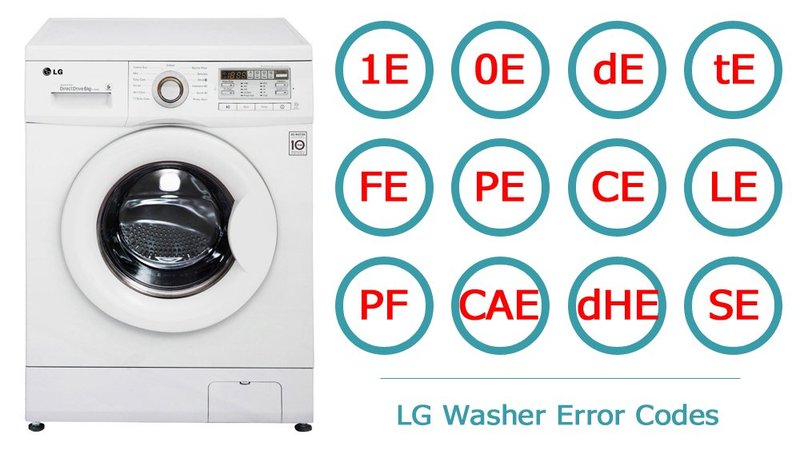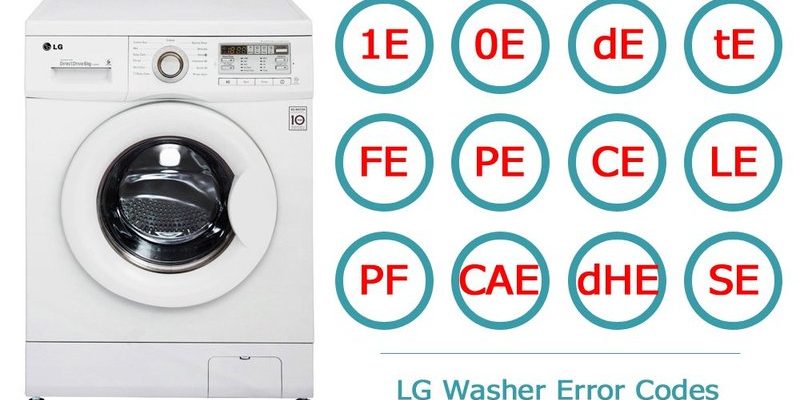
The good news is, understanding error codes is easier than you might think. They’re like the washing machine’s way of waving a tiny red flag, letting you know that something needs a bit of attention. The E2 code, in particular, is a common sight for many users. It’s there to tell you about a specific problem with the machine’s draining process. Don’t worry, though; it’s often something you can fix at home without needing a degree in appliance repair.
Understanding the E2 Error Code
So, let’s dive a bit deeper into what the E2 error code actually means. In simple terms, this code indicates a draining issue. Think of your washing machine like a bathtub that’s supposed to empty water automatically after your bath. Now, if that bathtub gets clogged, the water stays put. Similarly, when your washing machine displays an E2 code, it’s essentially saying, “Hey, I can’t drain the water like I’m supposed to!”
What causes this hiccup in the draining process? Often, it’s due to either a blockage in the drain hose or a malfunctioning drain pump. Picture the drain hose like a garden hose that’s been kinked or blocked with debris. If water can’t pass through, it’s going nowhere fast. Likewise, the drain pump acts like a small engine boosting water out. If it fails, the water doesn’t move, triggering the E2 code.
Here’s another angle: sometimes, the problem might be as simple as a foreign object left in a pocket—a coin or a button—causing a blockage. Whatever the cause, the goal is to get the water moving again. Now that you understand what E2 signifies, let’s talk about how you can address this without calling in the heavy artillery.
Steps to Fix the E2 Error Code
Alright, let’s roll up those sleeves and get your washing back on track. First things first, make sure your machine is off and unplugged. Safety is key here. Once you’re ready, check the drain hose for any visible kinks or blockages. Just like you’d untangle a tangled up garden hose, gently straighten out any twists or bends you might find. If you spot any visible debris, carefully remove it.
Next up, take a look at the drain filter. This is usually found at the bottom front of your machine. Imagine it like a lint trap in a dryer, catching all the unwelcome bits and bobs. Give it a good clean. It’s incredible how the little things can cause so much trouble! Sometimes, simply clearing out these culprits is all you need to do to get things running smoothly again.
If you’ve checked the hose and the filter but the problem persists, it might be time to inspect the drain pump. This is a bit more technical, like peeking under the hood of a car. If you’re comfortable doing so, ensure nothing is obstructing the pump’s ability to move water. However, if this step seems daunting, don’t hesitate to call a professional. Remember, there’s no shame in calling in reinforcements when needed.
Preventing Future E2 Errors
Once you’ve solved the E2 puzzle, it’s time to think about prevention. After all, we’d much rather avoid problems than fix them repeatedly, right? One simple tip is to regularly check and clean the drain hose and filter. Just like brushing your teeth to avoid cavities, a little maintenance goes a long way in keeping your washing machine healthy.
Be mindful of what goes into your machine. Double-check pockets for foreign objects before washing clothes. It sounds basic, but those forgotten tissues and stray coins can wreak havoc. Think of it like checking your ingredients before baking—getting it right at the start saves trouble later.
Lastly, consider using your washing machine’s maintenance cycle if it has one. This cycle is like a reset button, helping keep the internal components clean and functioning optimally. By keeping these tips in mind, your washing machine is likely to remain error-free, allowing you to focus on more important things in life.
In conclusion, the E2 error code on your LG washing machine might be a bit of a nuisance, but it’s far from insurmountable. With a little understanding and some simple troubleshooting, you can often fix the problem yourself. And with regular maintenance, you can significantly reduce the chances of seeing that pesky code again. Happy washing!
